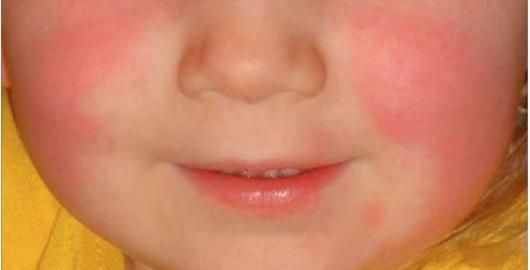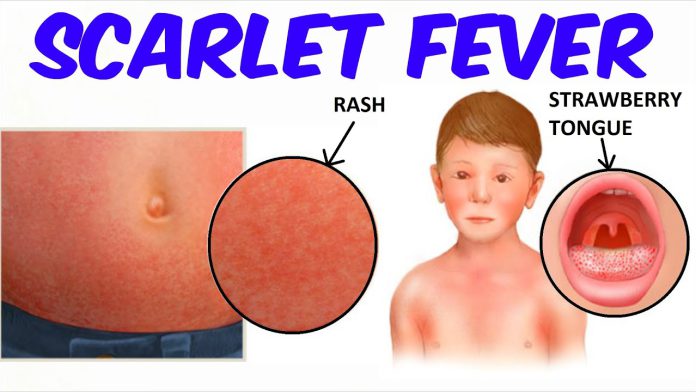Mencoret.com – Infected people should be isolated from other members of the household, especially young children. Keeping drinking glasses and utensils separate from the infected person is a good way to prevent the spread of infection. If the affected person is still contagious, they should be kept away from children and other adults until they show signs of recovery. Infected individuals should not attend school until they are fever-free and their symptoms have gone away.
It is important to wash hands thoroughly after touching infected objects

Prevention is key for preventing scarlet fever. People who are already suffering from a bacterial infection should wash their hands frequently and cover their mouths whenever they cough or sneeze. It is important to wash hands thoroughly after touching infected objects, especially when sharing personal care items with a sick person. To prevent the spread of scarlet fever bacteria, children should be encouraged to wash their hands thoroughly after using tissues and toys.
Antibiotics are effective for treating scarlet fever, but some people may still develop it. Antibiotics prevent most complications, but there is no cure. In addition to antibiotics, scarlet fever bacteria can cause long-term complications, including rheumatic heart disease and arthritis. Before antibiotics were developed, bacteria could be treated with an antitoxin, but it was never made in sufficient quantities to effectively treat other diseases.
Dengue fever can lead to heart and kidney failure

The disease is characterized by a white layer on the tongue. This layer will disappear after four days. After that, the tongue will turn raspberry-red. If left untreated, scarlet fever can lead to heart and kidney failure. Currently, there are 419 cases of scarlet fever in Hong Kong, including a seven-year-old girl. Two boys aged six and 11 have complications and are in stable condition. The number of cases in China and Macau has increased 2.6 and 4.7 fold.
The prognosis of patients with scarlet fever is generally good compared to the early twentieth century. Advances in hygiene and antibiotics have helped improve the condition of this disease. Patients usually return to normal activities within 24 hours of the onset of fever. If left untreated, however, there is a possibility of serious complications including kidney damage, and an increase in the risk of developing group A strep infection.
These bacteria can be spread by airborne droplets, or by touching infected skin

The bacteria that cause scarlet fever are caused by group A streptococcus. These bacteria can be spread via airborne droplets, or by touching infected skin or sharing contaminated objects. Carriers of streptococcal bacteria are at increased risk of developing scarlet fever. Around 20% of school-aged children have asymptomatic carriers of this bacteria. The bacteria can also be transmitted by unwashed hands of an infected person.
If you suspect that you have scarlet fever, your doctor will perform a physical exam. A thorough examination will look for sore throat, tonsils, enlarged lymph nodes, and the presence of a rash. A throat swab will help determine whether it’s group A strep. Antibiotics will be prescribed for the infection. If the infection is not treated immediately, it could lead to rheumatic fever and autoimmune disease.
A red rash usually appears on the face and groin and spreads throughout the body

A scarlet rash typically develops on the first or second day of illness. It appears on the face and groin and spreads throughout the body. In some people, a small triangle of skin between the mouth and chin and soles of the feet are left unaffected. A skin rash that develops over the first or second day may include a red rash and a sore throat. The skin may itch, feel dry, and flake.
In most cases, scarlet fever will clear up on its own, but in the case of a severe case, antibiotic treatment should be sought. Antibiotics kill the bacteria and help the body fight the infection. To avoid complications, you should follow the recommended medication for a full 24 hours. There are several ways to treat scarlet fever, but the most effective method is a throat swab. Blood tests may also be conducted to detect toxins or antibodies.










